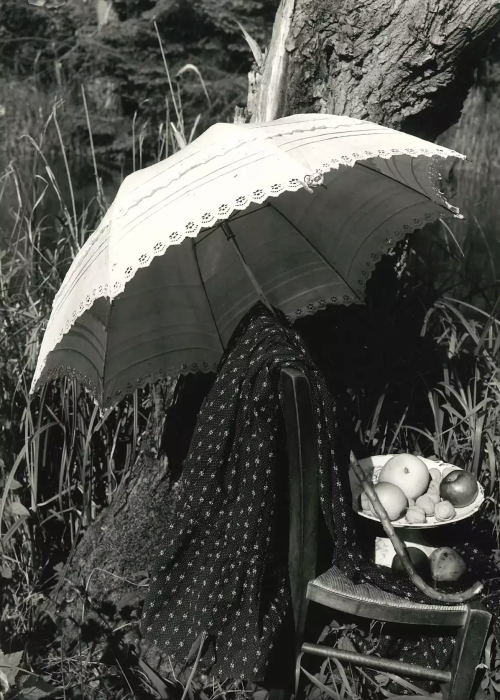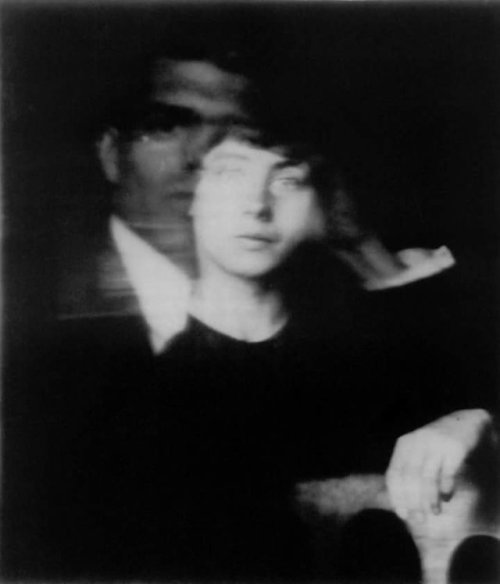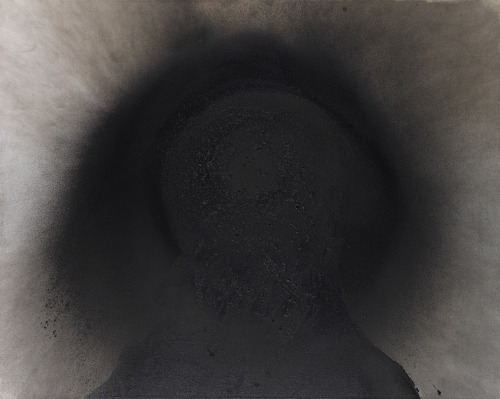EVA FERRI: You Insist On The Centrality Of The Writing, You Called It A Chain That Pulls Up Water From
EVA FERRI: You insist on the centrality of the writing, you called it a chain that pulls up water from the bottom of a well. What are the features of your approach to writing?
ELENA FERRANTE: I work well when I can start from a flat, dry tone, that of a strong, lucid, educated woman, like the middle-class women who are our contemporaries. At the beginning I need curtness, terse, clear formulas that are free of affectations and demonstrations of beautiful form. Only when the story begins to emerge with assurance, thanks to that initial tone, do I begin to wait with trepidation for the moment when I will be able to replace the series of well oiled, noiseless links with a rusty, rasping series of links and a pace that is disjointed, agitated, increasing the risk of absolute collapse. The moment I change register for the first time is both exciting and anguished. I very much enjoy breaking through my character’s armor of good education and good manners, upsetting the image she has of herself, undermining her determination, and revealing another, rougher soul; I make her raucous, perhaps crude. I work hard to make the fracture between the two tonalities surprising and also to make the re-entry into the tranquil narration happen naturally. While the fracture comes easily—I wait for that moment, and slip inside it with satisfaction—I very much fear the moment when the narrative has to compose itself again. I’m afraid that the narrating “I” won’t be able to calm down. But above all, now the readers know her calm is false, that is won’t last, that the narrative orderliness will break up again.
— Elena Ferrante, Frantumaglia, 2016
More Posts from Raskopal and Others

Shadow, Osaka, Photo by Daido Moniyama, 1995

Guerrillera de la "Organización del Pueblo en Armas en las montañas." Guatemala. Junio, 1982. Photo: Pedro Valtierra

Girls in the garden at “Orphan City,” an enormous orphan refugee camp of more than 30,000 children managed by Near East Relief in Alexandropol (modern Gyumri, formerly Leninakan), Armenia, circa 1920.



Audre Lorde, (1976), Between Ourselves, in The Black Unicorn, W. W. Norton & Company, New York, NY, 1978, pp. 112-114

NOMAD. Collection and Art direction by @nicolabortoletto - Pictures by @evelin_peach - Model @thomasdaruos https://www.instagram.com/p/CHmsCiIMfbb/?igshid=1etaswwv9kw89

Florence Henri (Swiss, 1893–1982) Composition Nature Morte, 1939-5


zoleikha with her handmaidens after her second dream of yousef / yousef and zoleikha united after potiphar's death, 16th c., iran

Hannah Höch with Raoul Hausmann • Self Portrait 1919


Otto Piene (German, 1928-2014), Black Yang, 1985. Oil, traces of fire and smoke on canvas, 80 x 100 cm.
-
 brokenenglish1979 liked this · 1 month ago
brokenenglish1979 liked this · 1 month ago -
 athousandvictories reblogged this · 2 years ago
athousandvictories reblogged this · 2 years ago -
 raskopal reblogged this · 3 years ago
raskopal reblogged this · 3 years ago -
 gorgoniiiize liked this · 3 years ago
gorgoniiiize liked this · 3 years ago -
 dontletthemstealyourhorses reblogged this · 3 years ago
dontletthemstealyourhorses reblogged this · 3 years ago -
 moominghost liked this · 3 years ago
moominghost liked this · 3 years ago -
 secifosseluce liked this · 3 years ago
secifosseluce liked this · 3 years ago -
 remusluvin reblogged this · 3 years ago
remusluvin reblogged this · 3 years ago -
 fridakhalhoe reblogged this · 3 years ago
fridakhalhoe reblogged this · 3 years ago -
 cannellaeluce reblogged this · 3 years ago
cannellaeluce reblogged this · 3 years ago -
 thethreadingntheweaving reblogged this · 3 years ago
thethreadingntheweaving reblogged this · 3 years ago -
 bloodyentrails reblogged this · 3 years ago
bloodyentrails reblogged this · 3 years ago -
 gandoilfo liked this · 3 years ago
gandoilfo liked this · 3 years ago -
 st4rz reblogged this · 3 years ago
st4rz reblogged this · 3 years ago -
 relictraveler liked this · 3 years ago
relictraveler liked this · 3 years ago -
 sparklingapplejuice liked this · 3 years ago
sparklingapplejuice liked this · 3 years ago -
 grich-witch reblogged this · 3 years ago
grich-witch reblogged this · 3 years ago -
 screanzata reblogged this · 3 years ago
screanzata reblogged this · 3 years ago -
 islavita liked this · 3 years ago
islavita liked this · 3 years ago -
 waxedpaperdoor reblogged this · 3 years ago
waxedpaperdoor reblogged this · 3 years ago -
 waxedpaperdoor liked this · 3 years ago
waxedpaperdoor liked this · 3 years ago -
 bidonica reblogged this · 3 years ago
bidonica reblogged this · 3 years ago -
 antarctic-octopus reblogged this · 3 years ago
antarctic-octopus reblogged this · 3 years ago -
 miniskirtbigshirt liked this · 3 years ago
miniskirtbigshirt liked this · 3 years ago -
 lesquatrechevrons reblogged this · 3 years ago
lesquatrechevrons reblogged this · 3 years ago -
 lesquatrechevrons liked this · 3 years ago
lesquatrechevrons liked this · 3 years ago -
 rainerwernerfassbinder liked this · 3 years ago
rainerwernerfassbinder liked this · 3 years ago -
 cannellaeluce liked this · 3 years ago
cannellaeluce liked this · 3 years ago -
 robertcapajpg liked this · 3 years ago
robertcapajpg liked this · 3 years ago -
 trueplainhearts reblogged this · 3 years ago
trueplainhearts reblogged this · 3 years ago -
 plumseasons reblogged this · 3 years ago
plumseasons reblogged this · 3 years ago -
 ashtray-girl reblogged this · 3 years ago
ashtray-girl reblogged this · 3 years ago -
 stupidification liked this · 3 years ago
stupidification liked this · 3 years ago -
 kristendunst liked this · 3 years ago
kristendunst liked this · 3 years ago -
 joanofarcswalkman liked this · 3 years ago
joanofarcswalkman liked this · 3 years ago -
 nesanica007 reblogged this · 3 years ago
nesanica007 reblogged this · 3 years ago -
 good-nugget liked this · 3 years ago
good-nugget liked this · 3 years ago -
 silkspectred liked this · 3 years ago
silkspectred liked this · 3 years ago -
 the-rolling-libero liked this · 3 years ago
the-rolling-libero liked this · 3 years ago -
 marypensierineri reblogged this · 3 years ago
marypensierineri reblogged this · 3 years ago -
 letheancloud liked this · 3 years ago
letheancloud liked this · 3 years ago -
 montasio-stan-account liked this · 3 years ago
montasio-stan-account liked this · 3 years ago -
 princesslucina liked this · 3 years ago
princesslucina liked this · 3 years ago -
 nesanica007 liked this · 3 years ago
nesanica007 liked this · 3 years ago -
 bitseventimes liked this · 3 years ago
bitseventimes liked this · 3 years ago -
 honey-drudger liked this · 3 years ago
honey-drudger liked this · 3 years ago -
 agapantoblu liked this · 3 years ago
agapantoblu liked this · 3 years ago
